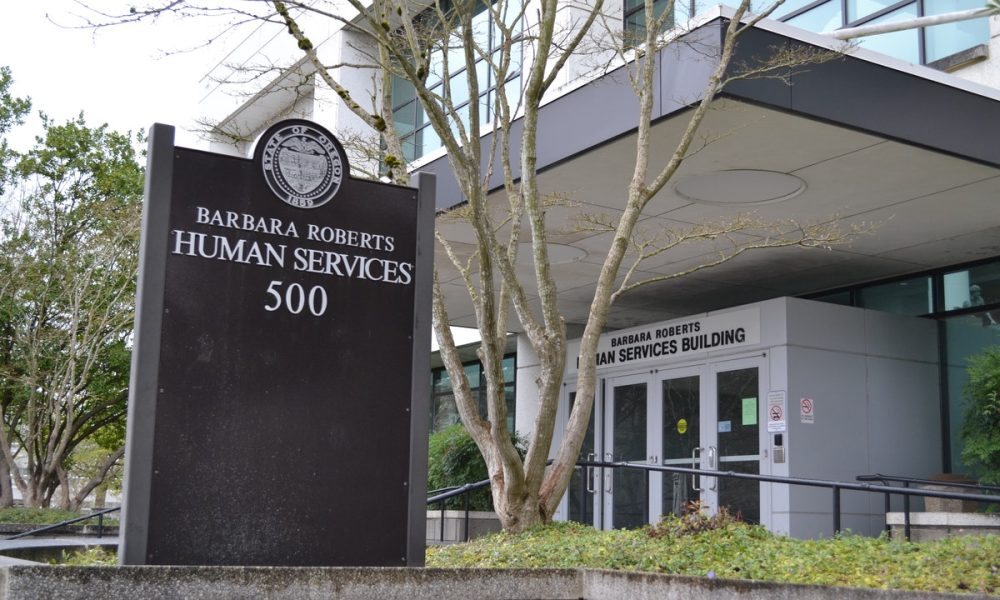
SALEM — Callers gave up on more than 4,000 calls to Oregon’s child abuse hotline last month as the central operation stumbled in efforts to make reporting abuse quicker and easier, according to a new state report.
Other callers waited as long as 90 minutes to share their information.
The state created the central hotline to meld a variety of local numbers around the state as one step to improving care for neglected children.
A new annual report from the Oregon Department of Human Services showed that in the past year, average wait times peaked at 12 minutes in April and by July, stood at about four minutes. More than half of callers waited less than three minutes.
But then came September and more than 4,000 abandoned calls out of 15,500 logged by the state. Average wait times hovered between six and eight minutes, the report said.
[ Help build Salem Reporter and local news – SUBSCRIBE ]
According to the department, calls tend to go up once the school year starts and teachers — who are required to report if they suspect a child is being abused — are with students again after the summer break.
In a report in June, state auditors said that the new centralized hotline had experienced “substantial transition issues,” including inexperienced workers and dropped calls.
News outlets, including KATU and the Salem Statesman Journal, documented long wait times for callers wanting to report abuse.
Since at least 2002, outside consultants repeatedly recommended that the state consolidate its 15 regional abuse hotlines into one line, according to a 2018 audit report by the Oregon Audits Division.
A fragmented screening process could make the state’s response to reports of abuse inconsistent, auditors said.
“Screeners, who can decide whether or not an abuse case proceeds to investigation, are critical to the Child Welfare Division’s mission,” state auditors wrote. “In general, centralized screening helps protect children by ensuring that abuse reports are evaluated consistently and referred appropriately.”
In the new Human Services Department report, the state attributed delays to multiple factors, including background checks, new software and computer access for new workers that took longer than the state anticipated.
The hotline’s “hiring team overcame these challenges with creative problem solving such as development of a rapid onboarding training plan for new hires that did not require immediate access to a computer,” the agency’s new report, released to the Oregon Capital Bureau, said.
The department finished consolidating the hotline in early April. The hotline’s district manager touted what she said was the “progress” the hotline had made and acknowledged “many and various barriers and challenges that have come our way.”
“We realize that the next few years will present a new set of challenges and obstacles to overcome,” the manager, Kristen Khamnohack, wrote in the report. “As we continue with implementation, (the hotline) will continue to depend on the patience of staff, stakeholders and the community.”
In the 12 months ending in July 2019, the state received about 88,000 reports of child abuse through the hotline, an increase of about 10% from the year before that.
As of June, about 70% of the hotline’s workers were new to the job of screening calls, according to the June report by the Secretary of State auditors.
In April, 42% of the calls to the hotline were dropped, meaning that the suspected abuse may not have been reported. According to the annual report, the state received more than 17,000 calls that month.
The agency sought 119 additional employees to support the new centralized hotline but legislators approved 46 for the two-year state budget that began in July.
In the next year, the hotline wants to answer all calls in less than four minutes at least 95% of the time and to put a quality assurance program fully into action.
“The work being done at (the hotline) is among the critical front-line resources used every day to prevent child abuse and is vital to the health, safety, and well being of our communities,” Khamnohack wrote in the annual report.
Contact reporter Claire Withycombe: [email protected] or 971-304-4148.









